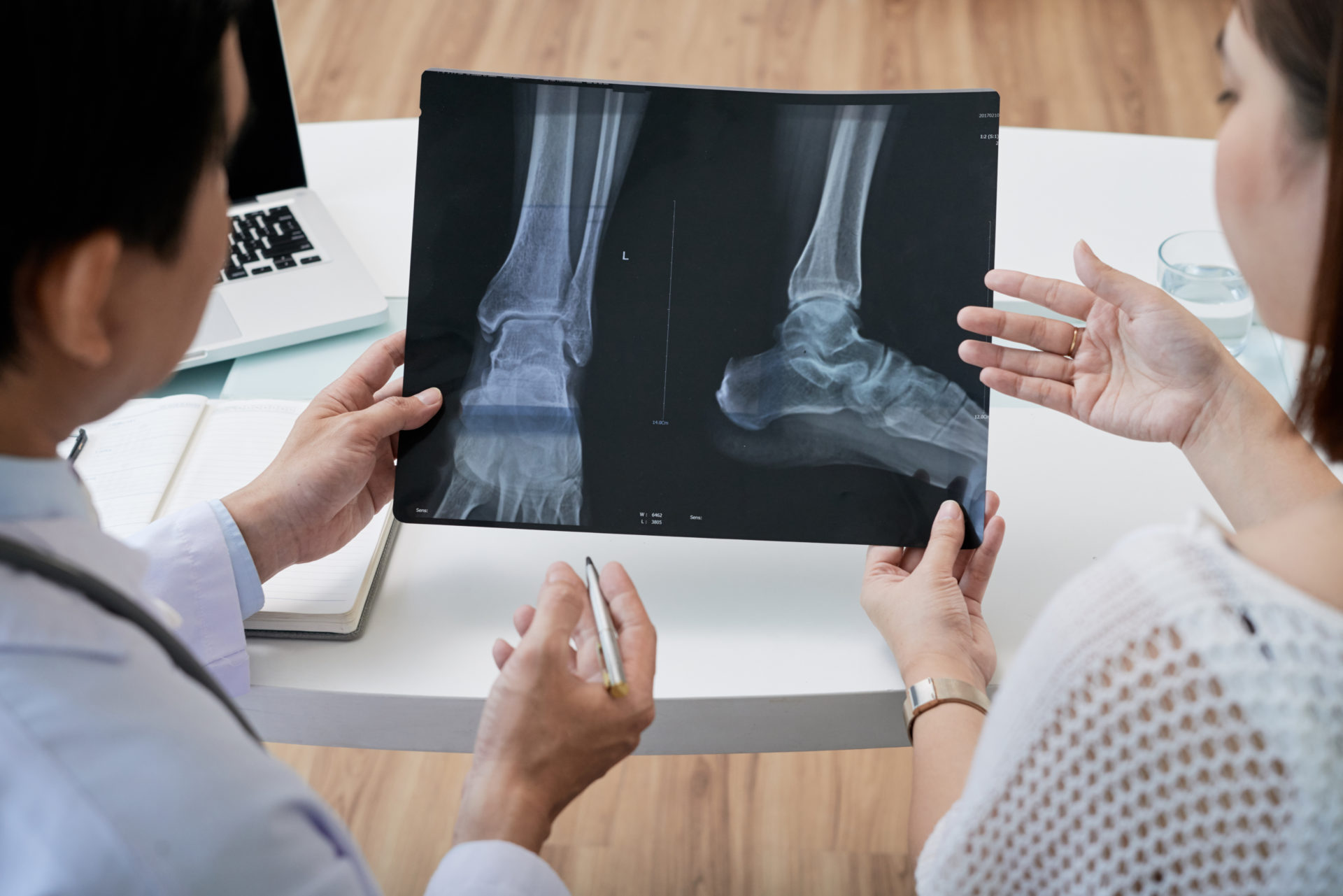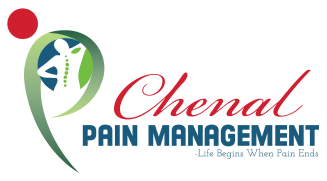Ultrasound-guided or X-ray X-ray-guided Major Joint Injections- Shoulder/ Hip/ Knee/ Ankle

Overview
Joint pain in areas like the knee, shoulder, and hip is a common complaint that can result from various factors such as osteoarthritis, rheumatoid arthritis, previous surgery, torn ligaments or cartilage, and general wear and tear over time. Some individuals opt out of surgery or are not suitable candidates for it. Despite the use of anti-inflammatory medications, pain can progress and significantly limit a person’s activities. X-ray-guided major joint injections can help alleviate this pain, enabling patients to lead a more active lifestyle and potentially delay or avoid the need for surgery.
Ultrasound or X-ray-guided major joint injections are commonly used to treat the following conditions:
- Osteoarthritis
- Rheumatoid arthritis
- Post-surgical pain
- Bursitis (inflammation of the bursa, a fluid-filled sac around many joints/tendons)
- Shoulder pain due to AC joint arthritis / Impingement syndrome and Rotator cuff issues.
- Other forms of chronic joint pain
Procedure
On the day of procedure, patients have to arrive 20 minutes before the appointment time. Nurse will start an IV if the patient is requesting sedation and conduct a pre-operative nurse assessment. All patients are taken to the procedure room on a hospital bed. Once in the procedure room, the patient will be given sedation to help make them comfortable. A cold cleaning solution will be applied to their skin to reduce the risk of infection. The healthcare provider will use X-ray guidance to identify the procedure site. A tiny needle will be inserted into the specific joint under continuous X-ray guidance. The needle placement will be confirmed with contrast dye. A mixture of bupivacaine (numbing medication) and steroids will then be injected directly into the joint. After the injection, the needle will be removed, and the patient will be taken to the recovery room.
What to expect after the Procedure:
After a joint injection, there are no specific limitations on joint use. Using the joint is encouraged as it may help spread the medication within the joint. Many patients experience immediate pain relief and improved joint function. However, some patients may not experience relief for 3-5 days. The duration of pain relief can vary from a few weeks to several months. Joint injections can be repeated at 3-month intervals but should not be done sooner due to the risk of excessive steroid administration.

